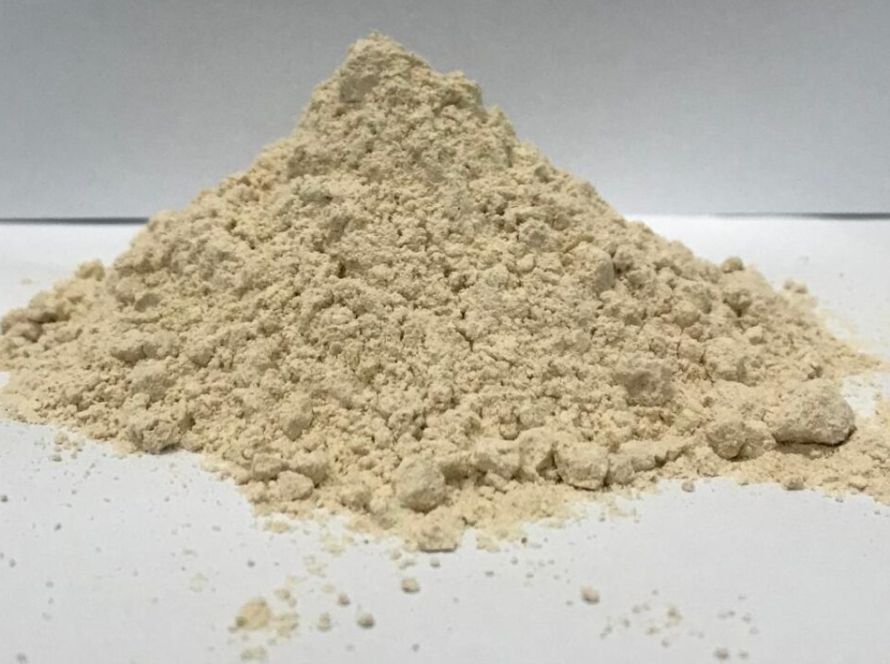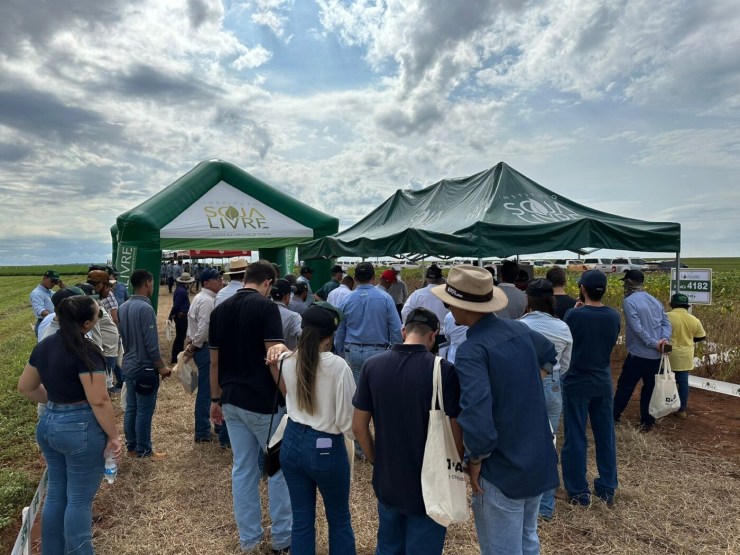Soybean crushing margins in the United States remain attractive, driven by falling oilseed prices and lower origination costs. According to an analysis by Itaú BBA Agro, this scenario favors grain processing, especially given the decline in Chinese purchases, which has reduced the basis—the difference between the local price and the commodity's exchange-traded price. Furthermore, the appreciation of soybean oil on the CBOT, driven by expectations of increased biofuel mandates, reinforces the positive outlook for North American industries.
In Brazil, the outlook is more challenging. Higher soybean costs and pressure on meal prices are reducing crushing margins, making the activity less profitable. "Many industries report difficulties in maintaining processing at profitable levels, which could lead to early shutdowns if prices don't improve," the survey points out. Soybean oil still relies on domestic demand, with the rise in B15, but meal depends on export performance to avoid further declines.

Photo: Gilson Abreu
The Brazilian Association of Vegetable Oil Industries (Abiove) revised upward its soybean crushing projection for Brazil in 2025, estimating 57.8 million tons – an increase of 0.5% compared to the previous forecast and 3.6% higher than the 2024 processing total of 55.8 million tons. The revision largely reflects the entry into force of the B15 regulation, which increases the mandatory blending of biodiesel in gasoline from 14% to 15%.
In China, crushing margins remain positive, with the country purchasing mostly Brazilian soybeans but also increasing purchases from Argentina to meet demand in the absence of business with the US. The global outlook suggests that the incentive for crushing in the US should continue, while in Brazil the challenge will be balancing higher costs and pressured meal prices to maintain sustainable activity.





